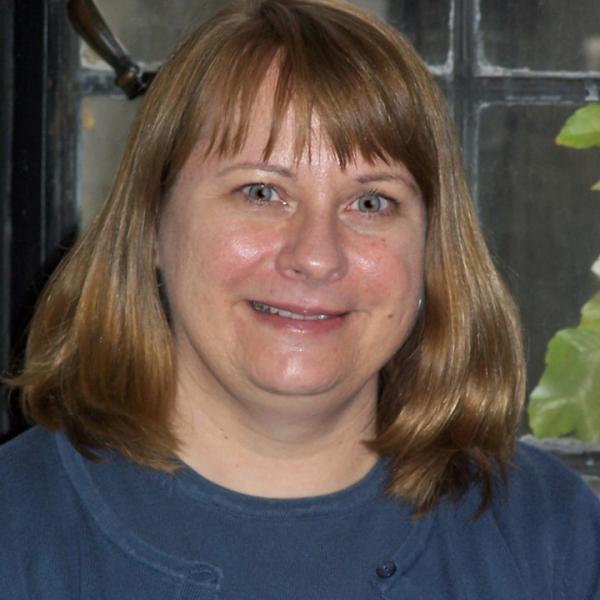
Biography
My work focuses on Japan's long nineteenth century, the period from the late Tokugawa period to the end of Meiji. My first book, Before the Nation: Kokugaku and the Imagining of Community in Early Modern Japan (Duke, 2003), examines the Kokugaku discourse of the late Tokugawa period and explored how Japan was constituted as a form of cultural and social identity by nativist scholars. My second monograph, Kingdom of the Sick: Leprosy, Citizenship, and Japan (University of Hawaii Press, 2019) explores the long history of leprosy in Japan from the late medieval period when it was identified as a "karmic retribution disease" to the modern period when attempts to control the disease prompted the creation of a system of public sanitaria.
Gender is an important category of analysis within my work and I have a long-standing interesting in issues of reproductive health and reproductive rights. Together with Barbara Brooks, I co-edited Gender and Law in the Japanese Imperium (Hawaii, 2014). I authored the introduction and contributed an essay that examined the criminalization of abortion and infanticide in late nineteenth-century Japan.
I am currently working on two additional monographs. The first explores the intellectual and professional world of an early modern doctor who practiced in the villages in Akita in the 1830s and '40s. It seeks to explore the impact of new forms of knowledge, techniques, and materia medica for medical practice and considers the implications of the "medical revolution" of the early nineteenth century for the state-sponsored introduction of Western biomedicine after 1870. The second builds on my research on medical commodities, alternative therapies, and psychiatric practice and explores the impact of the new medical marketplace on ideas about mental health in Japan from c. 1880–1940.
In recent years, I have become interested in the use of digital tools for historical research, specifically ArcGIS and text mining. I utilized ArcGIS in my research on leprosy to explore the place of private leprosy hospitals and clinics in the cityscape of late nineteenth-century Tokyo. I am working on a digital project called "Mapping Medical Tokyo" that seeks to visualize and analyze the spatial dimensions of health, disease, and medical care in the Meiji-era city.
My work has been supported by the Fulbright-Hays Fellowship, the IIE Fulbright, the Japan Foundation, the Japan Society for the Promotion of Science, and the National Endowment for the Humanities.
Selected Publications
Kingdom of the SIck: A History of Leprosy and Japan (University of Hawaii Press, 2019).
Gender and Law in the Japanese Imperium, co-editor with Barbara J. Brooks. (University of Hawaii Press, 2014).
Before the Nation: Kokugaku and the Imagining of Community in Early Modern Japan (Duke University Press, 2003).
"The Japanese Patent Medicine Trade in East Asia: 'Women's Medicines and the Tensions of Empire." In Gender, Health, and History in East Asia, edited by Izumi Nakayama and Angela Leung. Hong Kong: Hong Kong University Press, 2018.
"History, Testimony, and the Afterlife of Quarantine: The National Hansen's Disease Museum of Japan." In Quarantine: Local and Global Histories, edited by Alison Bashford, 210–29. London: Palgrave, 2016.
"A Village Doctor Reads the Shang Han Lun: Medical Empiricism in Late Tokugawa Japan." In Antiquarianism, Language, and Medical Philology, edited by Benjamin Elman, (Leiden: Brill, 2015).
"Rethinking 'Leprosy Prevention': Entrepreneurial Doctors, the Meiji Press, and the Civic Origins of Biopolitics." Journal of Japanese Studies 38, no. 2 (Sum. 2012): 297–323.
"Marketing Health and Beauty: Advertising, Medicine, and the Modern Body in Meiji-Taisho Japan." In East Asian Visual Culture from the Treaty Ports to World War II, edited by Hans Thomsen and Jennifer Purtle, 179–202. (Chicago: Paragon Books, 2009).
"Marketing 'Women's Medicines': Gender, OTC Herbal Medicines, and Medical Culture in Modern Japan," Asian Medicine 7, no.1 (2009).
“Nanayama Jundō at Work: A Village Doctor and Medical Knowledge in Nineteenth-Century Japan.” East Asian Science, Medicine, and Technology 29 (Aut. 2008): 61–82.
Guest Editor, Special Issue on "Pregnancy and Childbirth in the Context of Modernity," US-Japan Women's Journal no. 24 (Winter 2003).
"From 'Leper Villages' to Leprosaria: Public Health, Medicine, and the Culture of Exclusion in Modern Japan," in Alison Bashford and Carolyn, Isolation: Policies and Practices of Exclusion (Routledge, 2003).
"Making Illness Identity: Writing 'Leprosy Literature' in Modern Japan." Japan Review no. 16 (2003).
Courses
- East Asian Civilization I, Ancient Period-1600 (EALC 15411, Spring 2022)
- Medical Knowledge in Early Modern Japan and China: History/Literature (EALC 48080, Spring 2022)
- Japan's Empire (EALC 24115, Winter 2022)
- Edo/Tokyo: Society and the City in Japan (EALC 24706, Winter 2022)
Additional Information
Personal webpage: http://home.uchicago.edu/~slburns/
History department web page: http://history.uchicago.edu/faculty/burns.html
